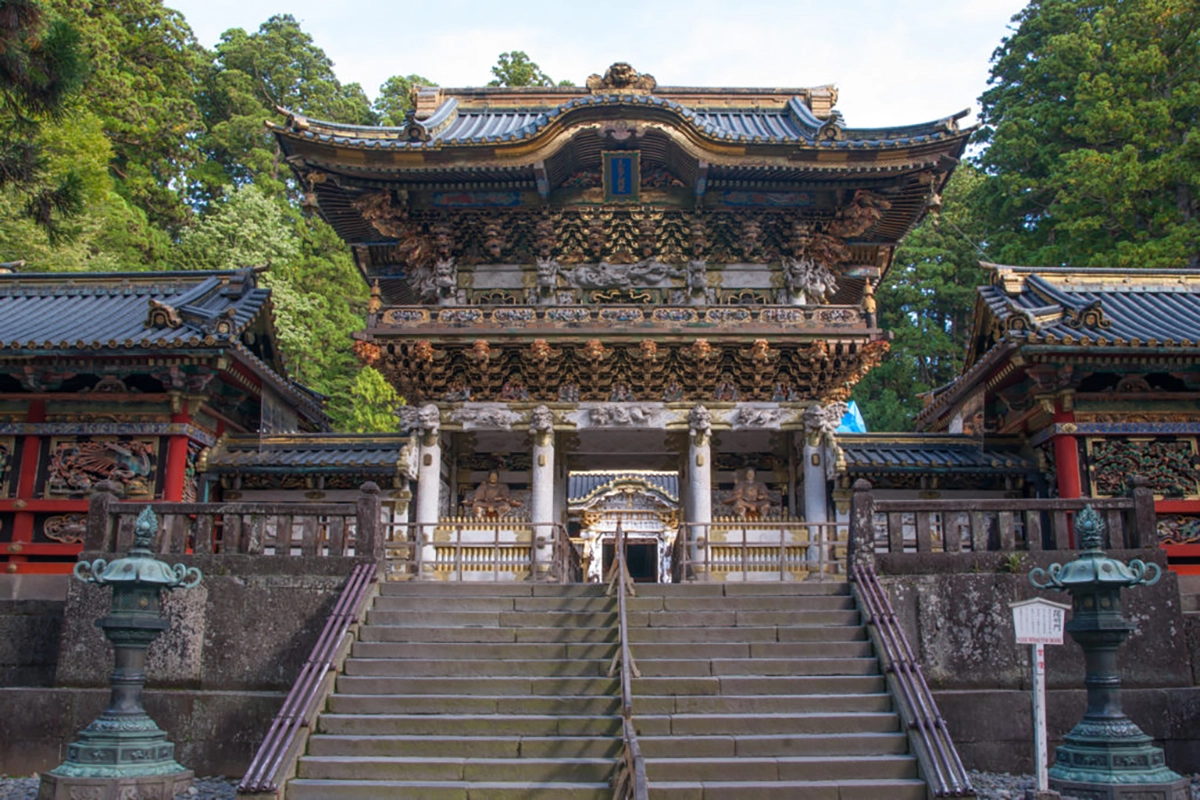Japan’s Timeless Masterpiece
Nikkō Tōshō-gū is a UNESCO World Heritage Site located in the city of Nikkō in Tochigi Prefecture, Japan. It is a Shinto shrine dedicated to Tokugawa Ieyasu, the founder of the Tokugawa shogunate, which ruled Japan from 1603 until 1868. The shrine was built in 1617, two years after Ieyasu’s death, by his son, Hidetada, and was expanded over the centuries to become the complex it is today.
The shrine is renowned for its elaborate and intricate architecture and decoration, which includes brightly colored carvings, paintings, and gold leaf embellishments. The most famous building in the complex is the Yomeimon Gate, which is considered one of the greatest works of art in Japan. The gate is decorated with hundreds of carvings and sculptures, including dragons, lions, and other mythical creatures.
In addition to the Yomeimon Gate, the complex also includes a number of other buildings, including the Haiden (worship hall), Honden (main hall), and Ishidorii (stone torii gate). Each of these structures is exquisitely decorated with carvings, paintings, and other ornamental details.
The shrine is also home to a number of important cultural artifacts, including the famous Three Wise Monkeys, which are a symbol of the principle “see no evil, hear no evil, speak no evil.”

These monkeys are carved into one of the shrine’s buildings and are a popular attraction for visitors. These carvings are emblematic of the temple’s wisdom and tranquility. They stand as silent guardians, welcoming visitors to the sacred realm within. Carved upon the gateway to the Tōshō-gū shrine, the spiritual sanctum dedicated to the revered shogun Tokugawa Ieyasu, these figures inspire reflection on the significance of perceiving the world with a virtuous heart and a pure soul.
Overall, Nikkō Tōshō-gū is a remarkable example of Japanese art and architecture, and its intricate details and decorations make it one of the most popular tourist attractions in Japan. Its UNESCO World Heritage Site designation also ensures that it will be preserved for future generations to enjoy and appreciate.
